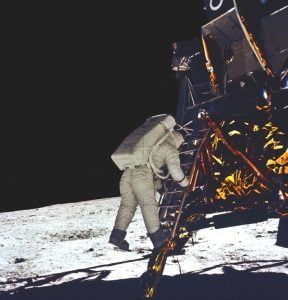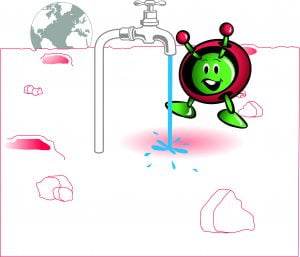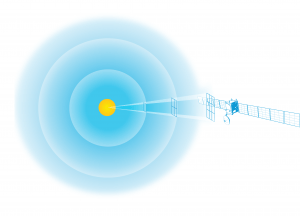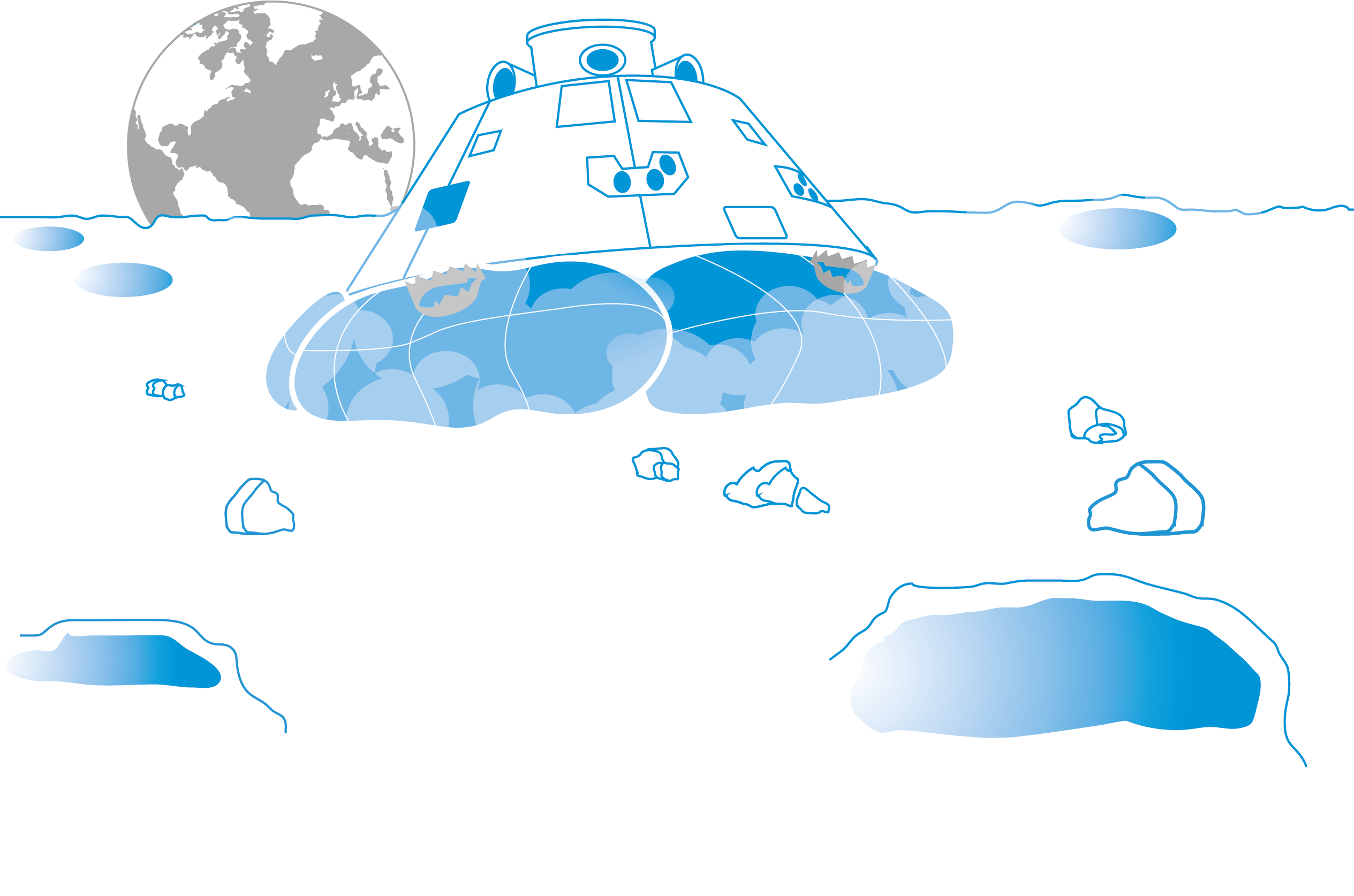Landung auf dem Mond - Planung und Konstruktion einer Mondlandefähre
In dieser Reihe von Aktivitäten planen, entwerfen und bauen die Schüler ein Landemodul, das das Überleben der Besatzung (in Form eines Eiernauts) bei der Landung auf dem Mond sichern soll.
Sie werden untersuchen, welche Faktoren bei der Landung auf dem Mond im Vergleich zur Landung auf der Erde berücksichtigt werden sollten.
Bei der Konstruktion der Mondlandefähre müssen die Schüler Risikofaktoren und Budgetierung berücksichtigen.
Lernziele
Altersspanne:
14 - 16 Jahre alt
Zeit
Vorbereitung: 1 Stunde
Lektion: 2 Stunden und 30 Minuten
Lektion: 2 Stunden und 30 Minuten
Ressource verfügbar in:
Aktion 1: Entwurf und Bau einer Mondlandefähre
In dieser Aktivität entwerfen und bauen die Schüler ein Mondlandemodul aus einfachen Materialien. Ziel ist es, eine Landefähre zu entwerfen, die einen Eiernaut sicher auf der Mondoberfläche landen kann. Bei ihrer Planung müssen die Schüler die Risiken einer bemannten Mondlandemission berücksichtigen und eine Risikobewertung sowie eine Designstudie durchführen.

Ausrüstung
Aktivität 2: Testen Sie Ihr Landemodul
Bei dieser Aktivität testen die Schüler, ob ihre Lander einen senkrechten Fall überleben und der Eiernaut dabei sicher bleibt. Sie beschreiben die Landebedingungen und beachten andere Faktoren, die das Ergebnis beeinflussen können. Optional können die SchülerInnen den Fall filmen und später ein Videoanalysetool verwenden, um die Beschleunigung zu untersuchen.
Ausrüstung
Aktion 3: Landung auf dem Mond
In dieser Aktivität vergleichen die Schüler die Landung auf der Erde mit der Landung auf dem Mond. Sie untersuchen die verschiedenen Faktoren, die die Landung an beiden Orten beeinflussen, sowie das Diagramm der Kräfte. Außerdem werden die Schüler den Entwurf ihres Landegeräts auf der Grundlage der bei den Tests gewonnenen Erkenntnisse überarbeiten.
Ausrüstung
Wussten Sie das?
Die Gesamtkosten des Apollo-Raumfahrtprogramms, das Menschen zum Mond brachte, betrugen $25,4 Milliarden - das sind inflationsbereinigt mehr als $200 Milliarden in heutiger Währung. Im Jahr 2018 betrug das Gesamtbudget der ESA 5,6 Milliarden Euro.
Derzeit arbeiten Raumfahrtbehörden und Industrie gemeinsam an der Entwicklung eines nachhaltigeren Programms zur Erforschung des Mondes. Es sei darauf hingewiesen, dass wir heute noch einen Teil der in den 1960er Jahren geschaffenen Infrastruktur nutzen werden: Testkammern, Startrampen, Missionskontrollzentren, Bodenstationen, Ingenieurswissen, Technologie und Materialien, so dass ein Monderkundungsprogramm von Anfang an viel nachhaltiger sein wird.
Derzeit arbeiten Raumfahrtbehörden und Industrie gemeinsam an der Entwicklung eines nachhaltigeren Programms zur Erforschung des Mondes. Es sei darauf hingewiesen, dass wir heute noch einen Teil der in den 1960er Jahren geschaffenen Infrastruktur nutzen werden: Testkammern, Startrampen, Missionskontrollzentren, Bodenstationen, Ingenieurswissen, Technologie und Materialien, so dass ein Monderkundungsprogramm von Anfang an viel nachhaltiger sein wird.

Buzz Aldrin bei der Arbeit am Eagle-Landemodul auf dem Mond
Schlüsselwörter:

AstroFood - Lernen über essbare Pflanzen im Weltraum
Kurzbeschreibung: In dieser Reihe von Aktivitäten lernen die Schüler die verschiedenen Bestandteile von Pflanzen kennen. Sie lernen, welche Teile von Pflanzen essbar sind

Wasser auf dem Mond - Filtern von Mundeiskernen zur Gewinnung von Wasser
Kurzbeschreibung: In dieser Ressource werden die Schüler einen Tag lang aufzeichnen, wie viel Wasser sie für verschiedene Aktivitäten verbrauchen. Danach folgt eine

Energie aus Sonnenlicht - Weltraumforschung mit Sonnenenergie
Kurzbeschreibung: In dieser Reihe von Aktivitäten lernen die Schüler zwei Konzepte kennen, die das Design von Sonnenkollektoren für Weltraummissionen beeinflussen: das Gesetz des umgekehrten Quadrats



